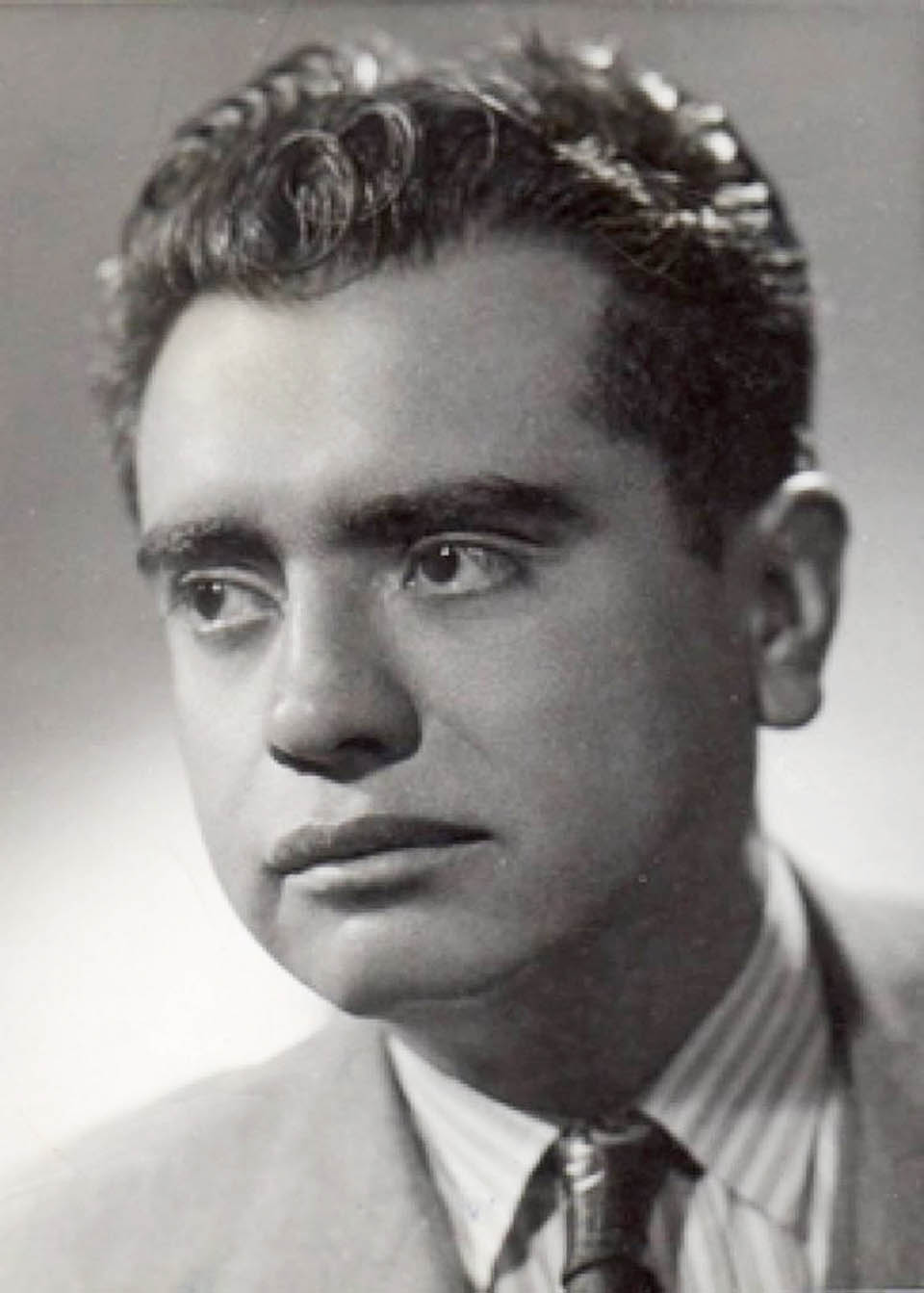
I can’t remember why I went to Mexico some years ago, but it must have seemed a good idea at the time. Strangely enough, some Mexicans rather resemble Thai people with the result that sometimes I instinctively addressed them in broken Thai rather than in broken Spanish. So I was jolly glad that I’d spent a couple of months brushing up my Spanish before going, because few Mexicans speak English though there is no earthly reason why they should. Their physical similarity with South East Asians seems to give credence to the theory that around 50,000 years ago nomads from Asia crossed the land bridge between Siberia and Alaska and over hundreds of years, moved further and further south.
The history of modern Mexico’s is divided into two main parts; before and after the Spanish conquest. Reminders of its Aztec and Spanish history lie side by side and the country has some wonderful ecclesiastical colonial architecture including over a hundred cathedrals. Only this afternoon, I discovered to my surprise that Thailand has eleven cathedrals, but I’ll let you find out where they are for yourself. Assuming of course, that these things interest you. Of course, Mexico had an advanced civilization long before the Aztecs. The city of Teotihuacán – which lay slightly north-east of today’s Mexico City – was the finest and most impressive city in the ancient world and reached its zenith between 200 and 500 AD. On one occasion I joined a busload of tourists to visit see the remains of this once-great city, especially the pyramids which are staggering in their enormity.
The country has an incredibly rich tradition of folk music and there are different types of ensembles, including the ubiquitous mariachi bands. I spent a few days in the lovely old city of Guadalajara which lies about 350 miles north-west of the sprawling and somewhat over-rated city of Acapulco. Guadalajara is the home of mariachi bands and the local music festivals attract bands from all around, the musicians dressed proudly in their distinctive and flamboyant embroidered charro uniforms. The bands typically use violins, guitars and trumpets along with the vihuela and the guitarrón, a huge acoustic bass guitar. If you’re in a restaurant in Mexico, don’t be surprised if a mariachi band suddenly wanders in to entertain the diners. Much of Mexico’s “classical” orchestral music is as colourful as the country’s history, yet today only a handful of names are recognised beyond its borders.
Carlos Chávez (1899-1978): Sinfonia India (Symphony No. 2). SCM Symphony Orchestra cond. Eduardo Diazmuñoz (Duration: 13:20; Video 720p HD)
Rejoicing in the name of Carlos Antonio de Padua Chávez y Ramírez, this composer was one of the most influential of all Mexican musicians. He was also a conductor, music theorist, educator, journalist and the founder and director of the Mexican Symphonic Orchestra. Chávez was incredibly prolific and freely drew on native cultures for his distinctive and often highly percussive music. His output includes five ballets, seven symphonies, four concertos, a cantata and opera as well as many chamber works. He also found time to write two books on modern music and over two hundred articles on music.
 Sinfonía India was completed in 1936 and is based on melodies from Native American tribes of northern Mexico, hence the title. The percussion section originally included a large number of indigenous Mexican instruments including the jicara de agua (half of a gourd inverted partly submerged in a basin of water and struck with sticks), the tenabari (a string of butterfly cocoons), and the grijutian (a string of deer hooves). There’s a wonderful finale and listening to this raw energetic music, it’s not difficult to see where other Mexican composers like Silvestre Revueltas found their inspiration. Incidentally, you’ll need a good sound system or high quality headphones to fully appreciate this thrilling and relentlessly percussive music.
Sinfonía India was completed in 1936 and is based on melodies from Native American tribes of northern Mexico, hence the title. The percussion section originally included a large number of indigenous Mexican instruments including the jicara de agua (half of a gourd inverted partly submerged in a basin of water and struck with sticks), the tenabari (a string of butterfly cocoons), and the grijutian (a string of deer hooves). There’s a wonderful finale and listening to this raw energetic music, it’s not difficult to see where other Mexican composers like Silvestre Revueltas found their inspiration. Incidentally, you’ll need a good sound system or high quality headphones to fully appreciate this thrilling and relentlessly percussive music.
José Pablo Moncayo (1912-1958): Huapango. Frankfurt Radio Symphony Orchestra) cond. Carlos Miguel Prieto (Duration: 12:03, Video: 720p)
 This is one of the most thrilling performances I’ve come across in recent months, largely due to the superb and idiosyncratic conducting style of Mexico’s foremost conductor, Carlos Miguel Prieto. His instinctive rapport with the brilliant German orchestra is remarkable. The work is imbued with the wild spirit of mariachi music, yet José Pablo Moncayo is almost unknown outside his native Mexico where he’s considered one of the country’s major orchestral composers. He wrote many orchestral works, chamber music, a couple of symphonies, an opera and a ballet. The huapango is a Mexican folk dance which has a complicated rhythmic structure mixing duple and triple meters.
This is one of the most thrilling performances I’ve come across in recent months, largely due to the superb and idiosyncratic conducting style of Mexico’s foremost conductor, Carlos Miguel Prieto. His instinctive rapport with the brilliant German orchestra is remarkable. The work is imbued with the wild spirit of mariachi music, yet José Pablo Moncayo is almost unknown outside his native Mexico where he’s considered one of the country’s major orchestral composers. He wrote many orchestral works, chamber music, a couple of symphonies, an opera and a ballet. The huapango is a Mexican folk dance which has a complicated rhythmic structure mixing duple and triple meters.
Written in 1941, this music is Mexican to the core and loaded with Mexican magic. It’s a power-house of brilliantly articulated sounds with a wonderful sense of place. The music has raw energy and heart-tugging moments of poignant and ravishing melody. Listen out for the brilliantly intricate orchestral writing and the heart-lifting modulation (change of key) at 02:06. Wait for a magic moment at 09:08, when if any music has the ability to make you weep with joy, this is it.
 |
 |
 |





